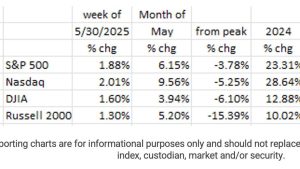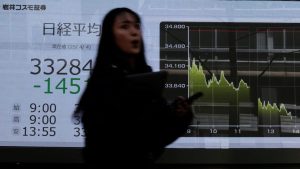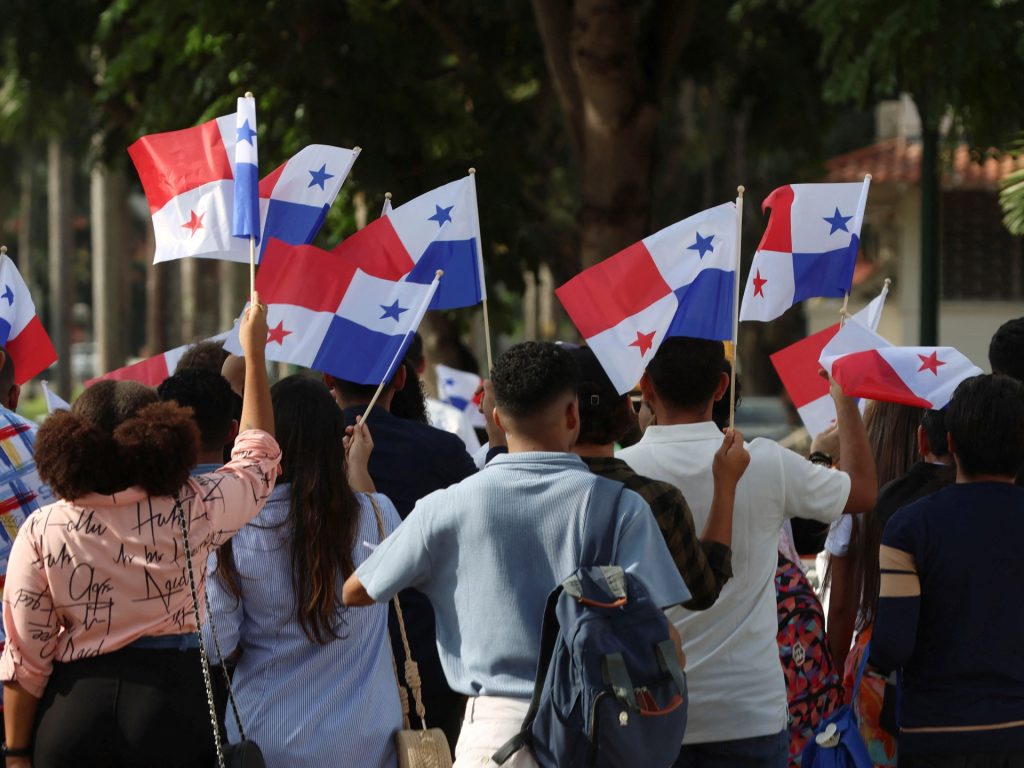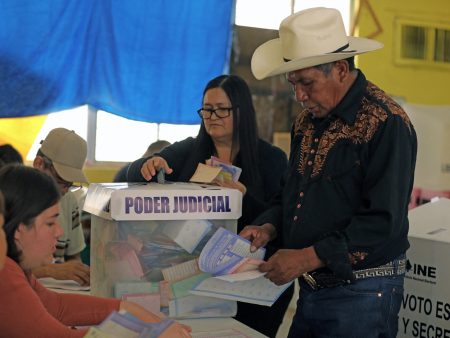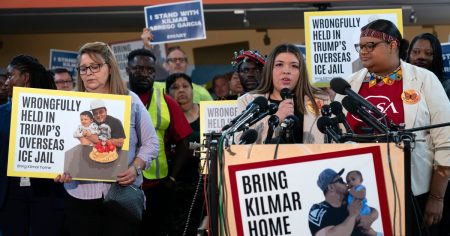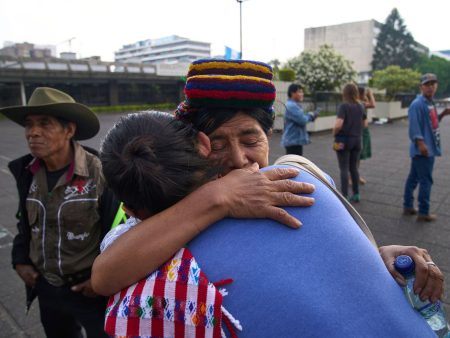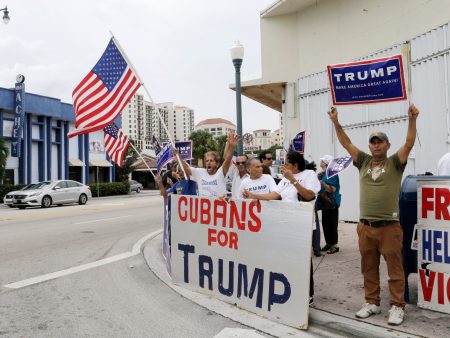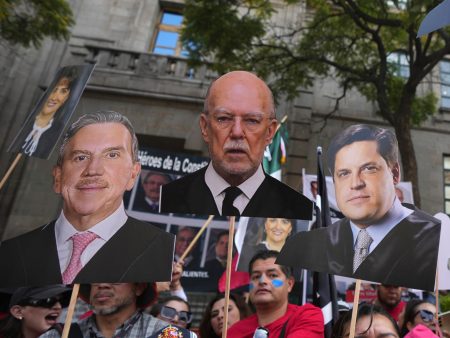The 25th anniversary of Panama’s regaining control of the Panama Canal was marked by celebrations tinged with apprehension due to renewed calls by former US President Donald Trump for the United States to reclaim authority over the vital waterway. This historic anniversary, commemorating the end of decades of US control, became a platform for Panamanian President Jose Raul Mulino to reaffirm his nation’s unwavering sovereignty over the canal, directly countering Trump’s assertions without explicitly naming him. Mulino’s emphatic declaration that the canal would remain in Panamanian hands “forever” sought to quell anxieties and underscore the finality of the 1999 transfer. The backdrop of this celebratory occasion was overshadowed by Trump’s escalating rhetoric, which extended beyond the canal to include proposals for Canada’s annexation and the purchase of Greenland, raising concerns about his expansionist ambitions.
Trump’s renewed focus on the Panama Canal emerged in late December 2023, just weeks before his second term was set to begin. He accused Panama of charging “exorbitant prices” for passage through the canal, a claim he framed as a violation of the 1977 treaties that paved the way for the canal’s return to Panama. This crucial waterway, facilitating the transit of cargo ships between the Pacific and Atlantic Oceans and thus avoiding the treacherous journey around South America, has experienced a surge in traffic in recent decades. This increased usage, coupled with a severe drought impacting the canal’s lock system, has created challenges for its operation. Trump, however, seized upon these challenges, using them to justify his calls for the US to reclaim control. His public pronouncements on Truth Social, his online platform, carried a tone of ultimatum, demanding Panama’s compliance or facing the consequences of the canal’s forced return to US ownership.
The history of the Panama Canal is deeply intertwined with the ambitions of Western powers. The United States, from the late 19th century onward, harbored aspirations to construct the canal, initially approaching Colombia, of which Panama was then a part. Colombia’s refusal prompted Panama’s declaration of independence, which received swift recognition and support from the US. This support came at a price: Panama granted the US the right to build and control the canal and the surrounding area, known as the Panama Canal Zone. This arrangement, viewed by many as an infringement on Panama’s sovereignty, became a source of contention. The culmination of decades of Panamanian efforts to reclaim control came in 1977 when President Jimmy Carter signed treaties mandating the return of the canal and its surrounding lands. This transfer was finalized on December 31, 1999, a date now commemorated as a national triumph. The recent passing of Carter just days before the 25th anniversary added a poignant dimension to the celebrations, with President Mulino paying tribute to the former US leader.
The 25th-anniversary celebrations were not solely focused on the formal handover of the canal; they also served as a remembrance of the Panamanian citizens who sacrificed their lives in the struggle for its return. The most prominent among these were the student protesters killed on January 9, 1964, a day now observed as Martyrs Day in Panama. These students were attempting to raise a Panamanian flag alongside a US flag at a high school within the Canal Zone, an act of defiance that led to a violent confrontation resulting in the deaths of over 20 Panamanians and four US soldiers. This event became a symbol of Panamanian resistance to foreign control and fueled the movement for the canal’s repatriation.
Adding another layer of complexity to the anniversary, Trump accused Panama of allowing Chinese military personnel to operate the canal, an allegation vehemently denied by Panamanian officials. Jorge Luis Quijano, former administrator of the canal, dismissed Trump’s claims as baseless, asserting that the neutrality agreement governing the canal’s operation contains no provisions for its seizure by the US. This accusation further underscored the tensions surrounding the canal’s future and highlighted the differing interpretations of the agreements governing its operation. The presence of such accusations during the anniversary celebrations served as a reminder of the enduring geopolitical significance of the canal and the vulnerability of Panama to external pressures.
The 25th anniversary of the Panama Canal’s return became a stage for reaffirming Panamanian sovereignty against the backdrop of renewed challenges. The celebration, while marking a historical triumph, was infused with anxiety over the potential for renewed US intervention. The juxtaposition of celebratory events with Trump’s pronouncements created a complex narrative, underscoring the enduring significance of the canal as a symbol of national pride and a focal point of international interest. The memory of past struggles and the shadow of potential future conflicts highlighted the ongoing need for vigilance in safeguarding Panama’s control over this vital waterway. The anniversary, intended as a commemoration of a hard-won victory, became a reminder of the persistent challenges facing Panama in navigating the complex geopolitical landscape while protecting its national interests.

